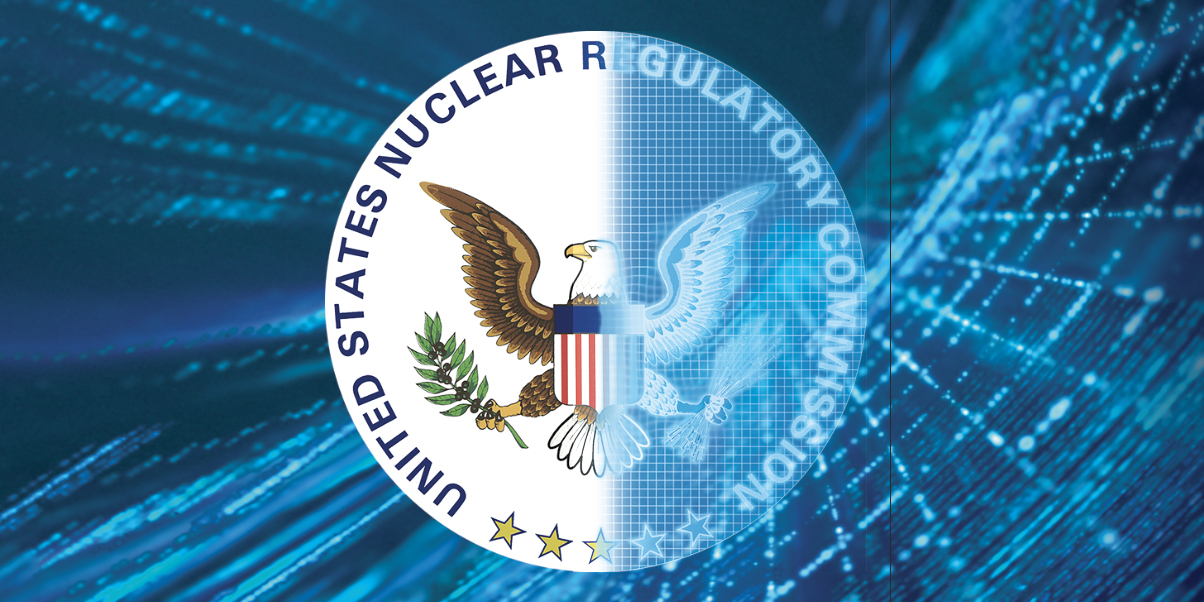Next Generation MG Control Power Cabinets Installed
Westinghouse Parts Business (WPB) is proud of the first next generation Motor Generator (MG) Set System fully operational at Palo Verde Generating Station. The team completed a first-of-a-kind (FOAK) implementation and installation at the power plant operated by Arizona Public Service (APS), including the next generation MG Control Power Cabinets and new MG Sets. Additionally, Westinghouse installed the new ARCH (Advanced Rod Control Hybrid) system. These systems were installed in a single outage providing additional synergies and cost savings to operations.
The NuScale control room simulator has been used to showcase the plant’s design, prototype new displays, and test the operator and supervisor procedures in a fully digital control room. (Photos: NuScale Power)
Since the inception of commercial nuclear power in the United States, every control room in every nuclear plant has looked essentially the same. You will see fixed alarm tiles, red and green lights, rows of switches, and analog meters. Until about a decade ago, you would even have seen paper charts (now replaced by digital versions of those same charts). Licensed operators have shown through a proven operating history that this control room design is safe and effective. Genius definitely went into the complexity of circuits and placement of switches and indications in the design, but things have come a long way over the years, and new technology, updated plant designs, and the need to improve efficiency and maintain reliability have impacted staffing and the role of operators. A control room update is long overdue. So, what lies ahead for the future of nuclear control room design? What possibilities exist for the next generation of plants?











